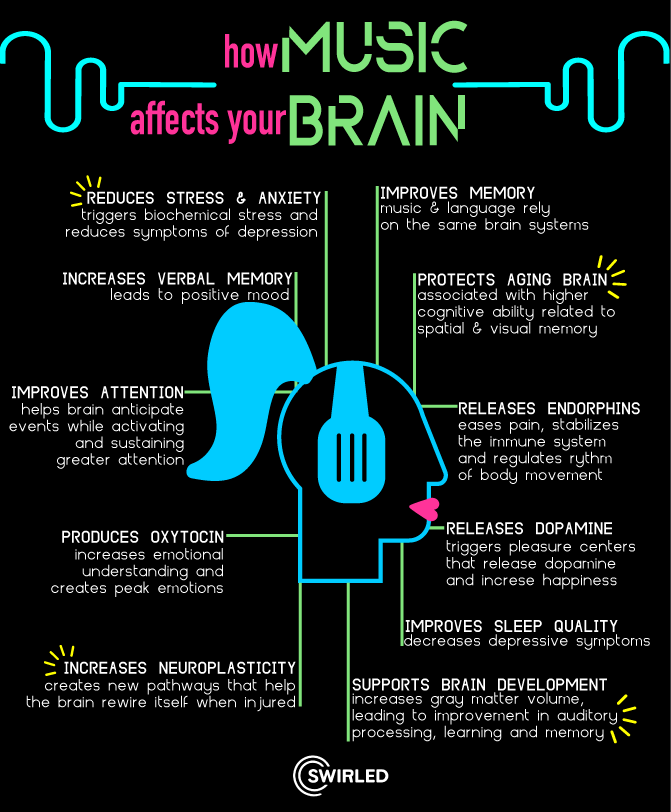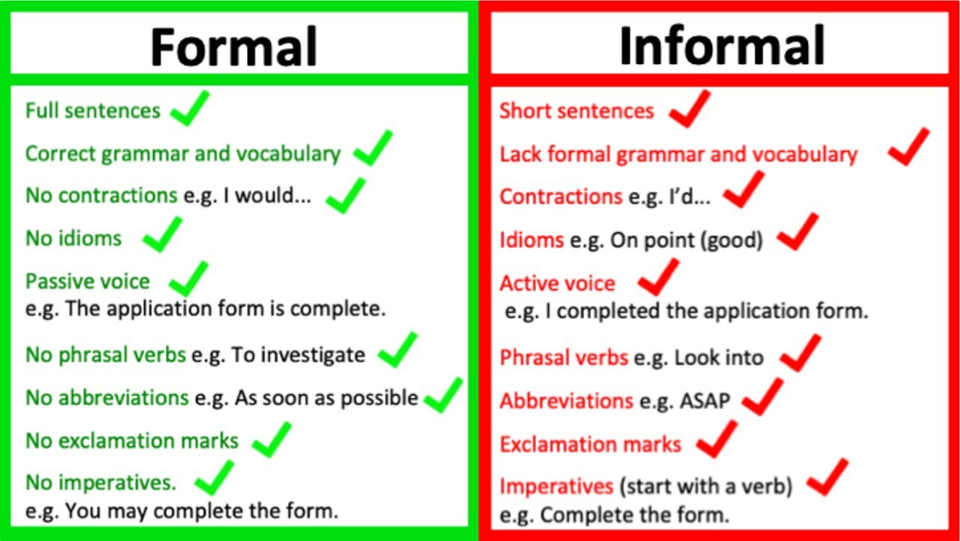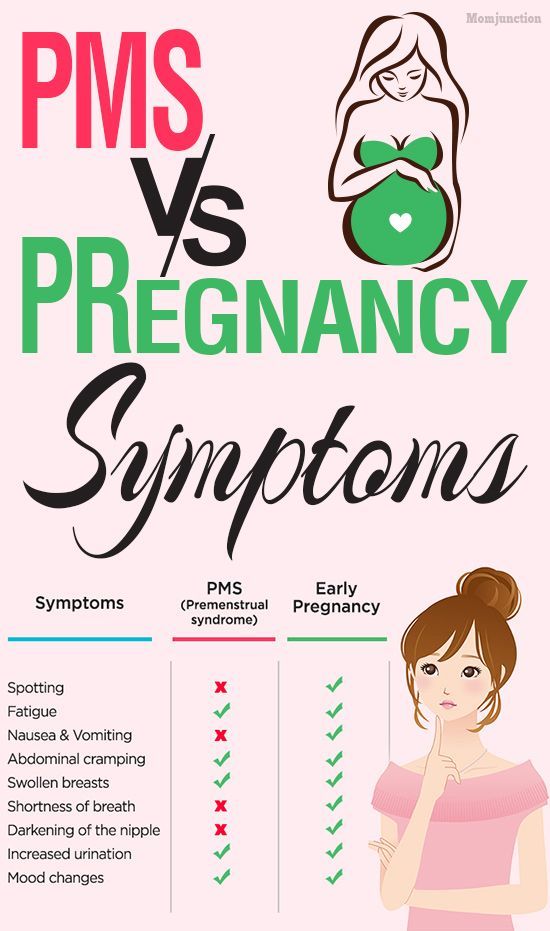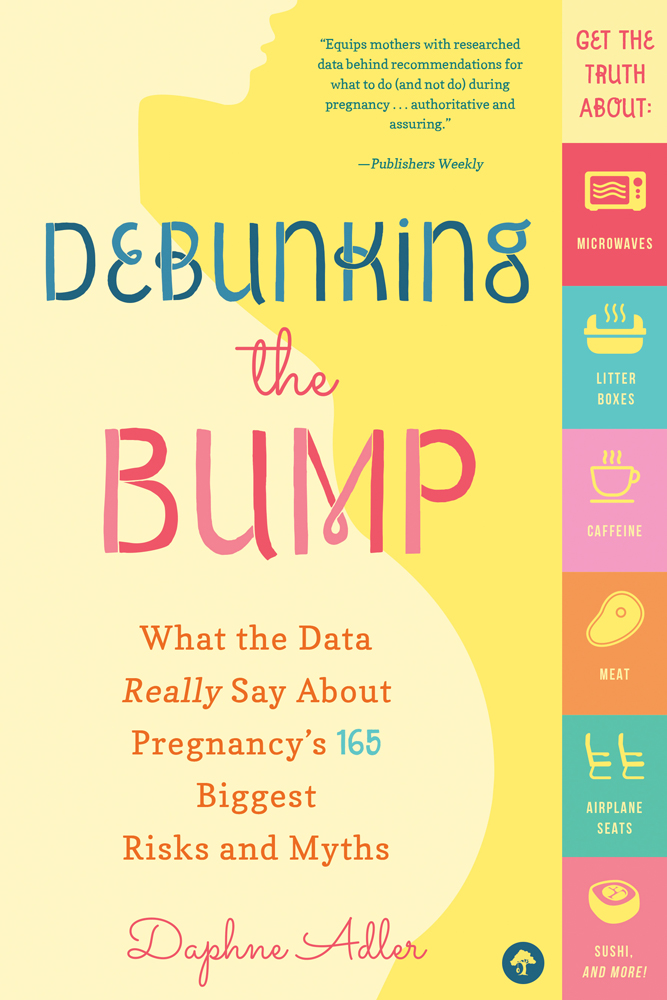How much zinc per day for child
How Much Zinc Can a Child Take?
Apr 06, 2022 Immune System Kids' Health Zinc
Quick Health Scoop- As an essential nutrient and a trace mineral, zinc supports many key body functions, including, maintaining the health of cells, wound healing and immune function
- Both too little zinc and too much zinc can cause health problems
- Daily zinc requirements depend on age and life stage, but most children need between 2-11 mg of zinc every day
- The best way to get enough zinc is by eating foods rich in zinc, including shellfish, red meat, poultry, legumes, nuts, seeds, dairy products, and some fortified foods
Did you know that zinc is found throughout your body, from the eyes, brain, and pancreas to the kidneys, liver, and adrenal glands?[1] Children need important vitamins and minerals—including zinc—every day to help fuel their normal growth and development. In fact, zinc benefits well-being in many ways by supporting a variety of key body processes, including cell growth and division, immunity, and wound healing.[2]
Fortunately, the body doesn’t require a lot of zinc every day to function properly, which is why it’s called a trace mineral. But since the body doesn’t store zinc, it needs to be replenished with this vital mineral, preferably by eating a variety of healthy foods every day. But kids can be notoriously picky eaters, so parents might worry if their children get an adequate zinc intake.
You might be wondering, “How much zinc can a child take?” and if zinc is even safe for kids. Read on to learn more about the proper daily zinc dosage for kids.
What Are the Benefits of Zinc?
Because zinc plays an important role in aiding cell growth and division, it’s important to get enough zinc during times of rapid growth (think pregnancy, childhood, and adolescence).[3] In fact, this vital nutrient delivers many health benefits throughout the body. Zinc’s antioxidant properties help protect the body’s cells from free radical damage[4]
Zinc’s antioxidant properties help protect the body’s cells from free radical damage[4]
Is Zinc Safe For Children?
For starters, know that zinc is safe for children—as long as it’s taken in the recommended amounts. (More on that in a bit.) Zinc is an essential mineral for the body, which means the body can't produce zinc on its own, so you need to get it through food or supplements. The good news? Zinc is found in many foods, such as shellfish (especially oysters), red meat, poultry, legumes, nuts, seeds, dairy products, and some fortified foods.[6]
Both too little zinc and too much zinc can cause problems.
- Too little zinc: Zinc deficiency is rare for most Americans. However, mild zinc deficiency does occur among certain groups of people, including premature and low-birth-weight infants, older breastfed babies with inadequate intake of zinc-rich complementary foods, children, and adolescents, pregnant and breast-feeding women (especially teens), and vegetarians.
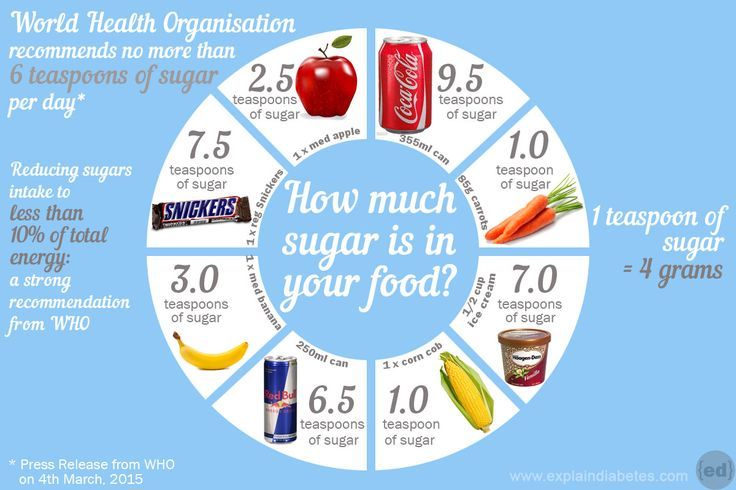
- Too much zinc: If children get excess zinc, it could also cause problems, too. It’s important to talk with a health professional to make sure you are taking the correct zinc dosage.
How Much Zinc Can a Child Take?
When they’re little, babies absorb the zinc they need from mom’s breastmilk, which contains a zinc-binding enzyme that helps little ones absorb zinc through the intestine. A mother’s breast milk provides adequate zinc (2 mg a day) for the first 4-6 months of the infant’s life. However, once babies reach ages 7 to 12 months old, breastmilk doesn't provide enough zinc, since babies this age need 3 mg a day. Because of this, babies older than six months should eat age-appropriate foods that contain zinc.[1]
And when it comes to teenagers, studies show that two in three adolescent boys and three in four teenage girls don’t meet the recommended dietary allowance (15 mg/day for boys, 12 mg/day for girls).[9]
So, how much zinc should a child take?
Health experts say that the amount of zinc you need (measured in milligrams) every day depends on your age and life stage, with the following recommendations.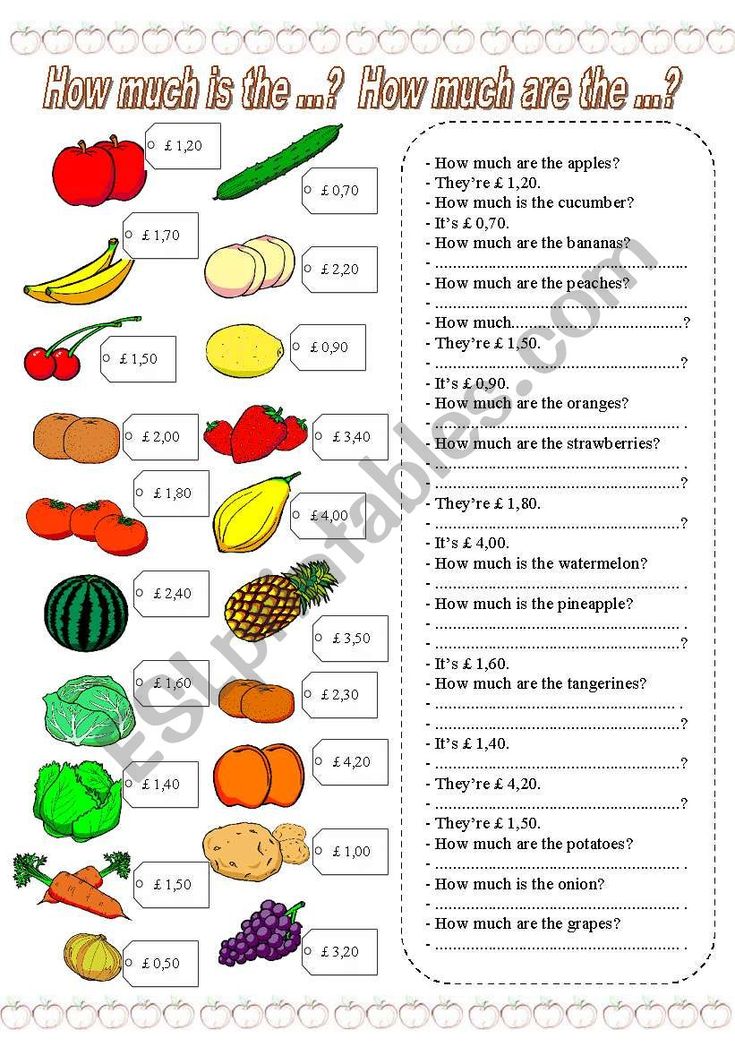 [8]
[8]
| Age | Male | Female |
| Infants 0 to 6 months | 2 mg | 2 mg |
| Infants 7-12 months | 3 mg | 3 mg |
| Children 1-3 years | 3 mg | 3 mg |
| Children 4-8 years | 5 mg | 5 mg |
| Children 9-13 years | 8 mg | 8 mg |
| Adolescents 14-18 years | 11 mg | 9 mg |
| Pregnant teens 18 years and younger | n/a | 12 mg |
| Breastfeeding teens 18 years and younger | n/a | 13 mg |
If you’re concerned about your child’s zinc status, talk to his or her pediatrician, who might order a blood test to check zinc levels. If your child is diagnosed with low zinc levels or a zinc deficiency, the pediatrician might prescribe zinc supplementation to get extra zinc into your child until levels return to normal. Zinc supplements come in two main formats: oral zinc (such as tablets and lozenges) and intranasal zinc (such as zinc nasal sprays). Depending on the type of supplemental zinc, they might contain various types of zinc listed in the ingredients, such zinc acetate, zinc citrate, zinc gluconate, zinc picolinate, or zinc sulfate.
If your child is diagnosed with low zinc levels or a zinc deficiency, the pediatrician might prescribe zinc supplementation to get extra zinc into your child until levels return to normal. Zinc supplements come in two main formats: oral zinc (such as tablets and lozenges) and intranasal zinc (such as zinc nasal sprays). Depending on the type of supplemental zinc, they might contain various types of zinc listed in the ingredients, such zinc acetate, zinc citrate, zinc gluconate, zinc picolinate, or zinc sulfate.
Although oral zinc is considered safe with few adverse effects when taken in recommended dosages, it can interact with certain medications such as antibiotics and penicillamine (a rheumatoid arthritis treatment).[7]
The Bottom LineZinc is an essential nutrient and a trace mineral that supports many key body functions, including (use language above: cell health or cell growth and division, immune health and wound healing). If your child gets either too little zinc or too much zinc, this deficiency or excess can cause health problems.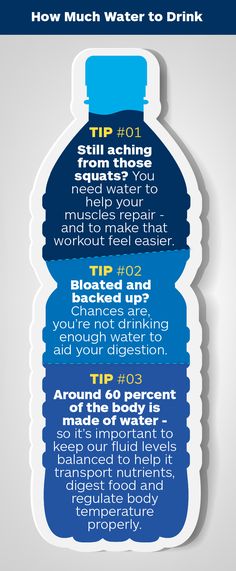 How much zinc can kids take every day depends on age and life stage, but most children need between 2-11 mg of zinc every day. (Pregnant and breastfeeding teens need a bit more zinc every day.)
How much zinc can kids take every day depends on age and life stage, but most children need between 2-11 mg of zinc every day. (Pregnant and breastfeeding teens need a bit more zinc every day.)
As always, the best source of nutrients—including zinc—is through healthy foods. Zinc-containing foods include shellfish (especially oysters), red meat, poultry, legumes, nuts, seeds, dairy products, and some fortified foods. Zinc supplements come in a variety of forms, with oral zinc supplements (such as zinc tablets and lozenges).
Continue to check back on the Nature Made blog for the latest science-backed articles to help you take ownership of your health.
Learn More About Immune Health Supplements:
- How Does Vitamin D Help Immune System Health?
- How Vitamin C Helps Your Immune System
- How Much Vitamin D Do You Need?
Follow @NatureMadeVitamins on Instagram for new product news, healthy lifestyle tips, and more.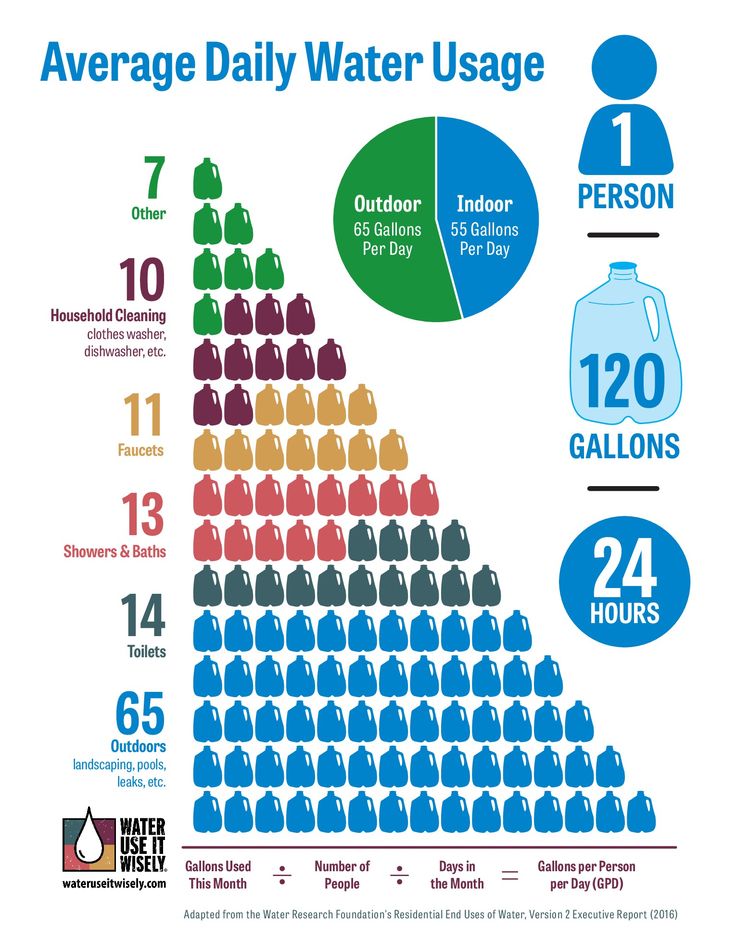
† These statements have not been evaluated by the Food and Drug Administration. These products are not intended to diagnose, treat, cure, or prevent any disease.
References
- Stanford Children’s Health. “Zinc.” 2021. Accessed on: December 16, 2021. https://www.stanfordchildrens.org/en/topic/default?id=zinc-19-Zinc
- National Institutes of Health. “Zinc: Fact Sheet for Consumers.” March 22, 2021. Accessed on: December 16, 2021. https://ods.od.nih.gov/factsheets/Zinc-Consumer/
- Harvard T.H. Chan School of Public Health. “Zinc.” 2021. Accessed on: December 16, 2021. https://www.hsph.harvard.edu/nutritionsource/zinc/
- Sinai. “Zinc.” 2021. Accessed on: December 16, 2021. https://www.mountsinai.org/health-library/supplement/zinc
- Mayo Clinic. “Zinc.” November 17, 2020. Accessed on: December 17, 2021 https://www.mayoclinic.org/drugs-supplements-zinc/art-20366112
- MEDLINE Plus. “Zinc in Diet.
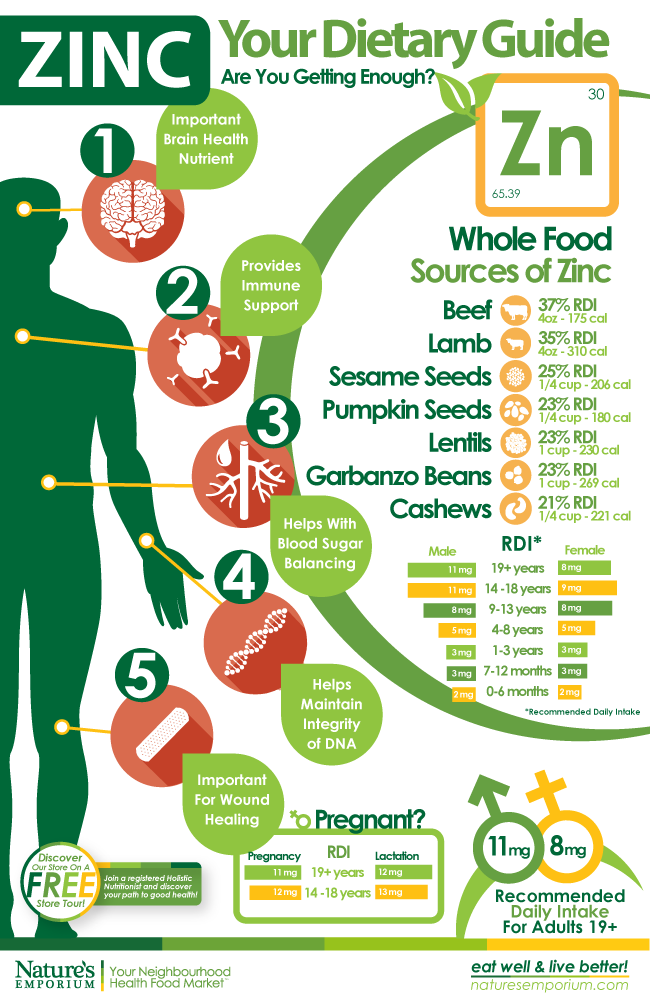 ” March 11, 2021. Accessed on: December 17, 2021. https://medlineplus.gov/ency/article/002416.htm
” March 11, 2021. Accessed on: December 17, 2021. https://medlineplus.gov/ency/article/002416.htm - National Center for Complementary and Integrative Health. “5 Tips: Natural Products for the Flu and Colds: What Does the Science Say?” December 8, 2021. Accessed on: December 17, 2021. https://www.nccih.nih.gov/health/tips/tips-natural-products-for-the-flu-and-colds-what-does-the-science-say
- Linus Pauling Institute. “Zinc.” May 2019. Accessed on: December 17, 2021. https://lpi.oregonstate.edu/mic/minerals/zinc
- American Academy of Pediatrics. “Zinc: Good For Growth.” November 2, 2009. Accessed on: December 17, 2021. https://www.healthychildren.org/English/ages-stages/teen/nutrition/Pages/Zinc-Good-For-Growth.aspx?_gl=1*1b3x51j*_ga*MTUwMTQyMDU3My4xNjM5NzUyODY5*_ga_FD9D3XZVQQ*MTYzOTc2MzAyOS4xLjEuMTYzOTc2MzA4Mi4w&_ga=2.154529723.2046844008.1639763029-1501420573.1639752869
- American Family Physician. “Zinc: An Essential Micronutrient.” May 1, 2009. Accessed on: December 17, 2021.
 https://www.aafp.org/afp/2009/0501/p768.html
https://www.aafp.org/afp/2009/0501/p768.html
Lisa Beach
NatureMade Contributor
Lynn M. Laboranti, RD
Science and Health Educator
You Might Like
Sign Up For More insights From Nature Made
Receive the Latest News and Special Offers
How Much Zinc to Give Kids? | Healthy Eating
By Sara Ipatenco Updated December 12, 2018
A zinc deficiency can lead to developmental delays. Zinc is a trace mineral essential to the health and formation of your child's brain. Your child should get his daily dose of zinc from nutritious food sources. Don't give your child a zinc supplement without speaking with his doctor first because it could cause dangerous side effects.
Daily Intake Needs
The amount of zinc your child needs depends on his age, but he can get all of what he requires by eating a healthy and well-balanced diet. There isn't a recommended daily amount of zinc for children under the age of 7 months, but after that, and until your child reaches his fourth birthday, he should get 3 milligrams of zinc each day. Between ages of 4 and 8, children need 5 milligrams of zinc each day and between 9 and 13, children require 8 milligrams. Young women and men between ages 14 and 18 respectively need 9 milligrams and 11 milligrams of zinc each day.
There isn't a recommended daily amount of zinc for children under the age of 7 months, but after that, and until your child reaches his fourth birthday, he should get 3 milligrams of zinc each day. Between ages of 4 and 8, children need 5 milligrams of zinc each day and between 9 and 13, children require 8 milligrams. Young women and men between ages 14 and 18 respectively need 9 milligrams and 11 milligrams of zinc each day.
Sources of Zinc
Beef, pork, chicken and fish are among the top food sources of zinc. A 3-ounce serving of beef roast supplies 7 milligrams of zinc, and the same amount of pork supplies 2.9 milligrams. Three ounces of dark meat chicken contains 2.4 milligrams. A 3-ounce serving of Alaska king crab provides 6.5 milligrams of zinc and the same amount of lobster contains 3.4 milligrams. An 8-ounce carton of yogurt has 1.7 milligrams of zinc and an ounce of cashews supplies 1.6 milligrams. A slice of Swiss cheese, a cup of milk or a packet of instant oatmeal each supply about 1 milligram of zinc.
Why Zinc is Important
In addition to supporting brain function, zinc plays a critical role in the health of your child's immune system and can help prevent illness. Zinc helps your child's body heal from injuries as well. Your child needs plenty of zinc to support the growth and development of his reproductive system. The mineral also helps support the senses of smell, taste and sight, and it can prevent cell damage that can lead to heart disease and cancer.
Tips and Considerations
Depending on your child's particular dietary needs, serving meat on a regular basis is one of the simplest ways to increase your child's intake of this essential mineral. Serve a carton of yogurt with finely-chopped nuts for a snack rich in zinc. Offer your child a glass of milk with meals to boost his intake of zinc. Most children don't need a zinc supplement. Giving your child a supplement can cause toxicity. Side effects of too much zinc include nausea, vomiting, diarrhea and headaches.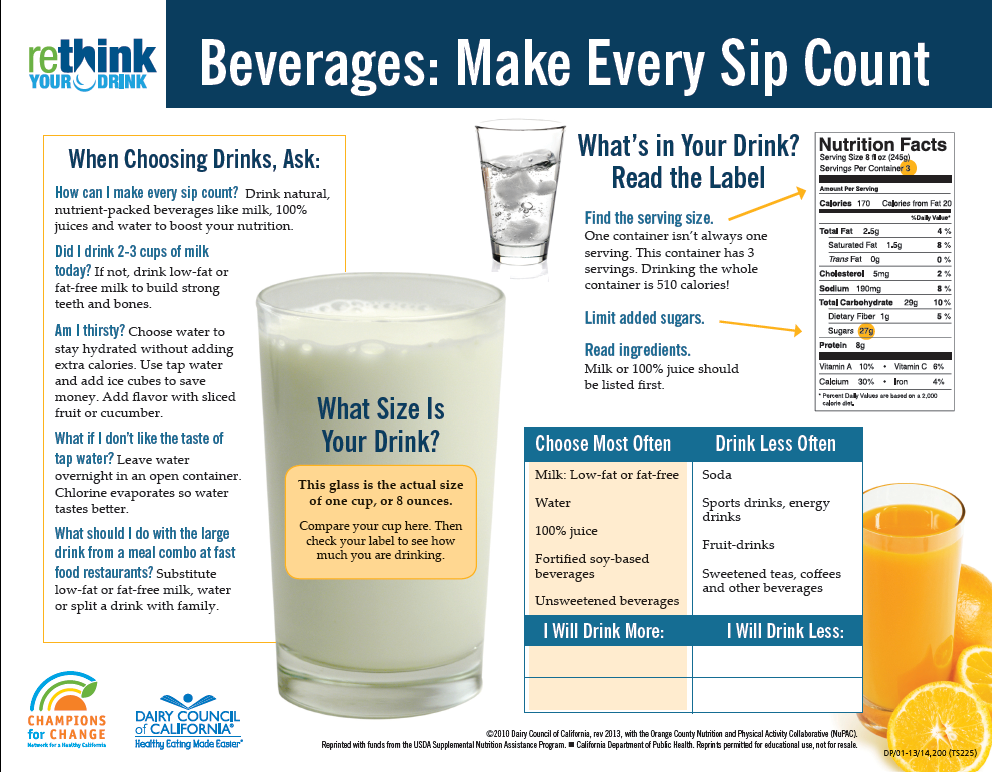 It might also cause your child's body to become unable to use iron properly and can result in decreased copper levels as well.
It might also cause your child's body to become unable to use iron properly and can result in decreased copper levels as well.
- National Institutes of Health: Dietary Supplement Fact Sheet -- Zinc
- American Journal of Clinical Nutrition: Zinc Deficiency and Child Development
Sara Ipatenco has taught writing, health and nutrition. She started writing in 2007 and has been published in Teaching Tolerance magazine. Ipatenco holds a bachelor's degree and a master's degree in education, both from the University of Denver.
How to take zinc, supplement forms, dosages
Contents:
➦ When is zinc taken?
➦ Is it possible to cover a zinc deficiency with products
➦ How much zinc should I take
➦ Types (forms) of zinc supplements
➦ Safety and side effects
➦ What are the most popular zinc supplements on Phytomarket?
➦ Answers to popular questions
Today everyone knows that zinc enhances immunity by influencing many parts of the immune system.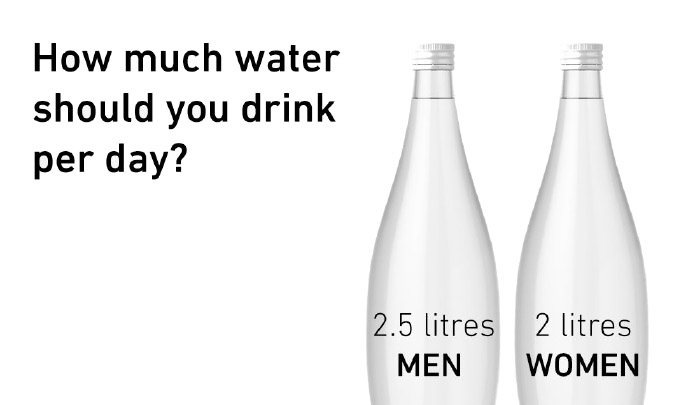 This is an essential trace element involved in more than 100 enzymatic reactions, inhibits the replication of viruses in the cell, so it is often prescribed by doctors during epidemics. And why else do you need this microelement, to whom and how to take it correctly? This is our article.
This is an essential trace element involved in more than 100 enzymatic reactions, inhibits the replication of viruses in the cell, so it is often prescribed by doctors during epidemics. And why else do you need this microelement, to whom and how to take it correctly? This is our article.
When is zinc taken?
Zinc is involved in many vital processes in the body, and its deficiency can have serious health consequences.
Chronic micronutrient deficiency reduces immune protection, causes growth retardation in children, leads to a deterioration in potency in men and problems with reproductive function in women, and can cause early menopause.
Evidence of zinc deficiency are frequent colds, impaired taste and smell, dullness and hair loss, brittleness and white spots on the nails, acne, dermatitis, eczema, poor skin regeneration, loss of visual acuity.
Recent events related to the coronavirus pandemic have forced scientists around the world to look for different ways to protect humanity from the harmful effects of viruses, since it is known that antibiotics and other drugs do not work on them. A clear link has been established between low levels of zinc in the body and severe viral disease.
A clear link has been established between low levels of zinc in the body and severe viral disease.
According to scientific studies, patients who take zinc during a cold experience much better symptoms of the disease, and the recovery period is twice as fast. This is due to the fact that zinc deprives viruses of the ability to multiply and prevents them from penetrating into the cell: it reduces neutrophil chemotaxis, inhibits the activity of T-helpers 17 and suppresses the expression of Toll-like receptor-2 of keratinocytes. To prevent a bad scenario of coronavirus infection, doctors prescribe a cocktail of zinc, selenium and vitamin D to patients.
Additional intake of zinc is also necessary for the following categories of citizens:
- Those who have problems with the gastrointestinal system, suffer from anorexia or have undergone surgery on the digestive organs.
- Vegetarians, since the main sources of zinc are animal products. Moreover, vegans need to consume more zinc than recommended, as their main source of protein - beans and grains - contain substances that prevent the body from fully absorbing zinc.
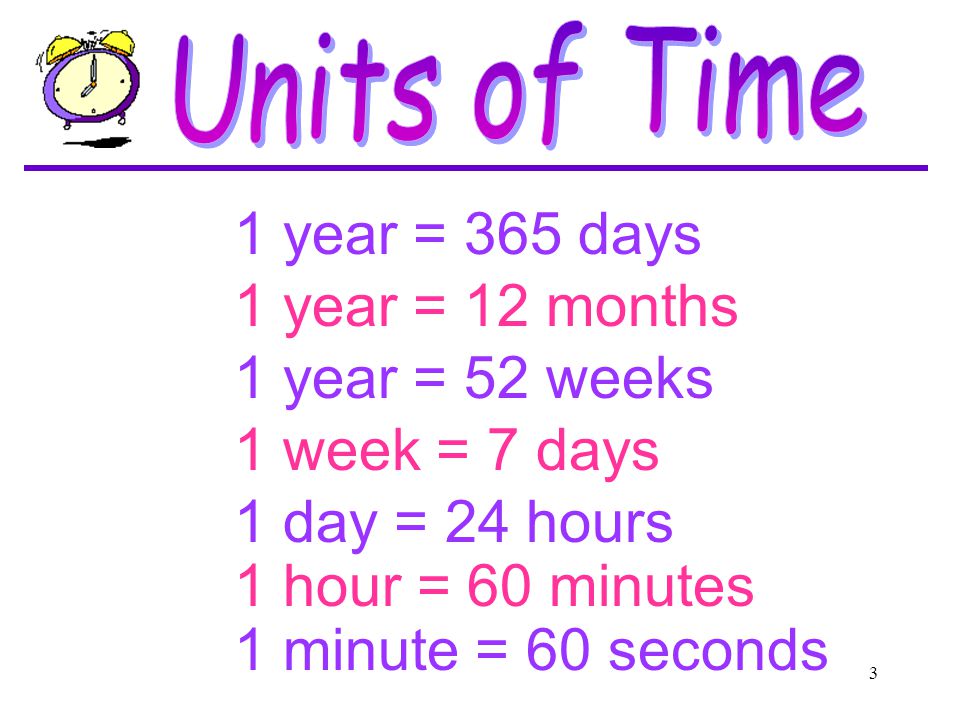
- Sexually active men need to provide themselves with an additional intake of this nutrient, since a large amount of this component leaves the male body during ejaculation.
- Men with great physical exertion, as well as after forty years, since zinc plays an important role in the production of hormones, incl. testosterone, necessary for building muscle mass and preventing erectile dysfunction.
- Breastfed children older than six months. This is due to the fact that breast milk contains insufficient amounts of zinc, unlike formula milk. To cover the daily dose of a trace element, complementary foods containing zinc (special meat purees) are needed.
- Alcoholics, since it has been found that zinc is washed out of the body by alcohol.
In addition, it must be taken into account that certain drugs, substances and food products can slow down the absorption of zinc in the small intestine, leading to its deficiency, namely: large quantities
Micronutrient deficiencies can also occur in certain inflammatory bowel diseases, liver and thyroid disorders, helminthic infestations, prolonged low-protein diets, pregnancy, lactation and stress.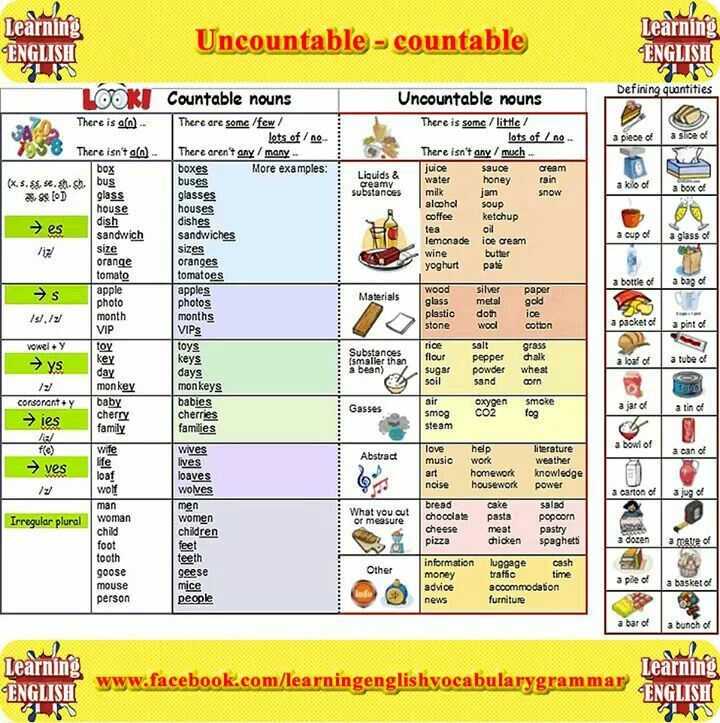
Can I cover my zinc deficiency with food?
Natural vitamins and trace elements from food are the best way to get them into the body. A healthy individual with a varied diet does not need additional zinc intake, since this trace element is found in many readily available foods.
Unfortunately, the diet of a modern person, especially a resident of a large metropolis, is dominated by a lot of simple carbohydrates, animal fats, nitrates, pesticides, harmful preservatives, dyes, but there are few vitamins, macro- and microelements, unsaturated fats, fiber and antioxidants. Thus, there is a constant lack of certain micronutrients, including zinc.
To be sure of sufficient intake of this element, it is necessary that the diet contains:
➦ Seafood. Oysters hold the record for zinc content (61 mg per 100 g of product). Also a lot of this element is found in crabs, shrimps, mussels.
➦ Meat, offal, chicken, turkey. It is known that chicken broth is the basis of clinical nutrition, not without reason it is called "Jewish penicillin".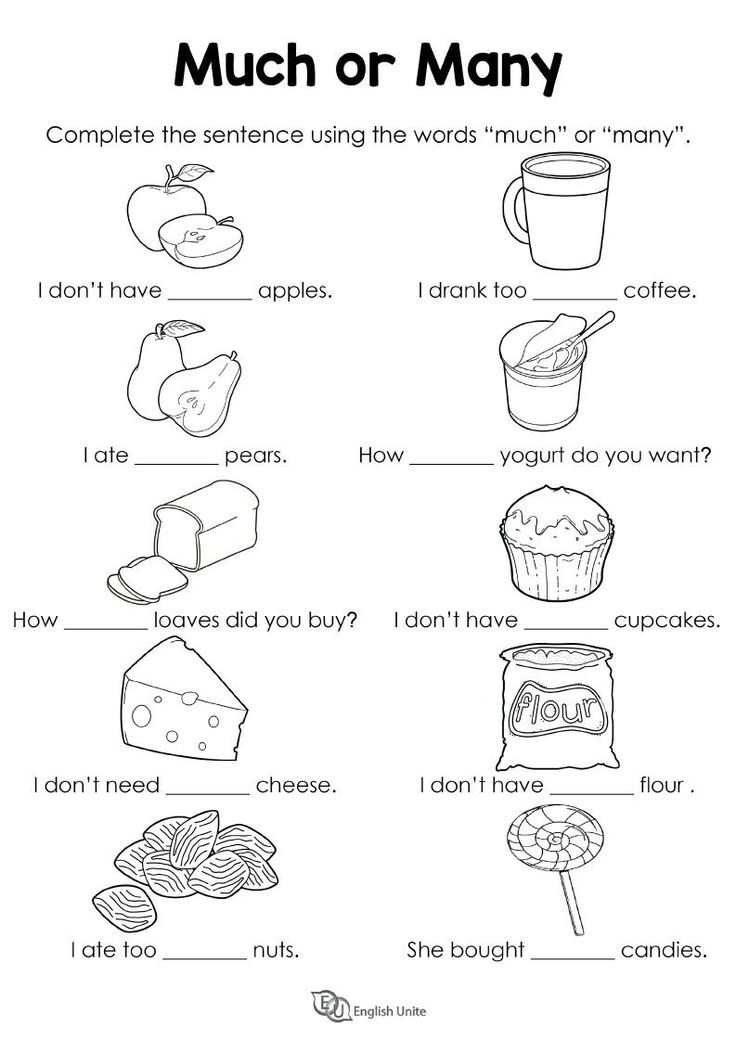 The benefits of the broth are directly related to the high content of zinc, which helps the body cope with the disease faster.
The benefits of the broth are directly related to the high content of zinc, which helps the body cope with the disease faster.
➦ Chickpeas, beans and other legumes . They contain a significant amount of trace elements, which is especially important for vegetarians. However, it should be borne in mind that legumes contain phytates that interfere with the absorption of zinc, and therefore are less preferred than animal products. To increase the bioavailability of the trace element, legumes should be soaked, germinated, fermented.
➦ Pumpkin seeds (also sesame, hemp, flax seeds) and nuts (cashews, almonds, peanuts). Try to eat a handful of seeds or nuts daily to saturate the body with zinc.
➦ Cocoa and dark chocolate (70-85%). Very rich in zinc: in a 100-gram bar it is already 30% of the daily value.
➦ Dairy products . Can replenish the body with zinc. For example, 100 g of cheddar cheese contains about 28% of the daily value, and about 9% in a glass of full-fat milk.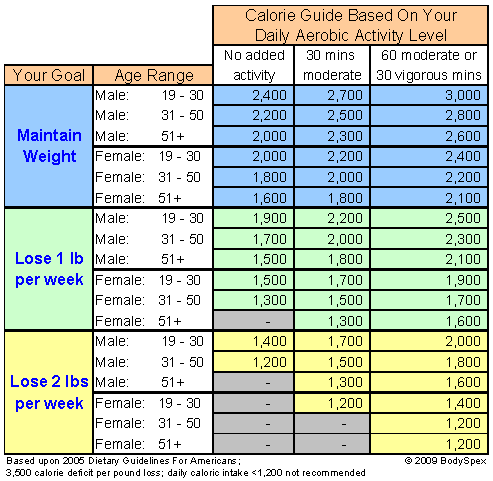
➦ Eggs . One of the excellent sources of important nutrients, including zinc. One large egg contains about 5% of the daily value.
➦ Wheat, quinoa, rice, oats, and fruits and vegetables. They also contain zinc, but in much smaller quantities. In addition, grains, like legumes, contain phytates, which reduce its digestibility, and more of them are found in refined products.
As you can see, the list of products containing zinc is quite extensive, and, if desired, you can create a diet containing the required daily dose of this important nutrient.
How much zinc to take
The daily intake of zinc in the body depends on the sex and age of the person and ranges from 10 to 30 mg per day. The upper safe dose per day should not exceed 45 mg for adults and 28 mg for children.
The minimum recommended daily allowance for a micronutrient for adult men is at least 11 mg, during an active sexual life - from 30 to 70 mg. Women need 10-20 mg daily, during pregnancy and while breastfeeding, more zinc is required, and the maximum dose is 30 mg per day.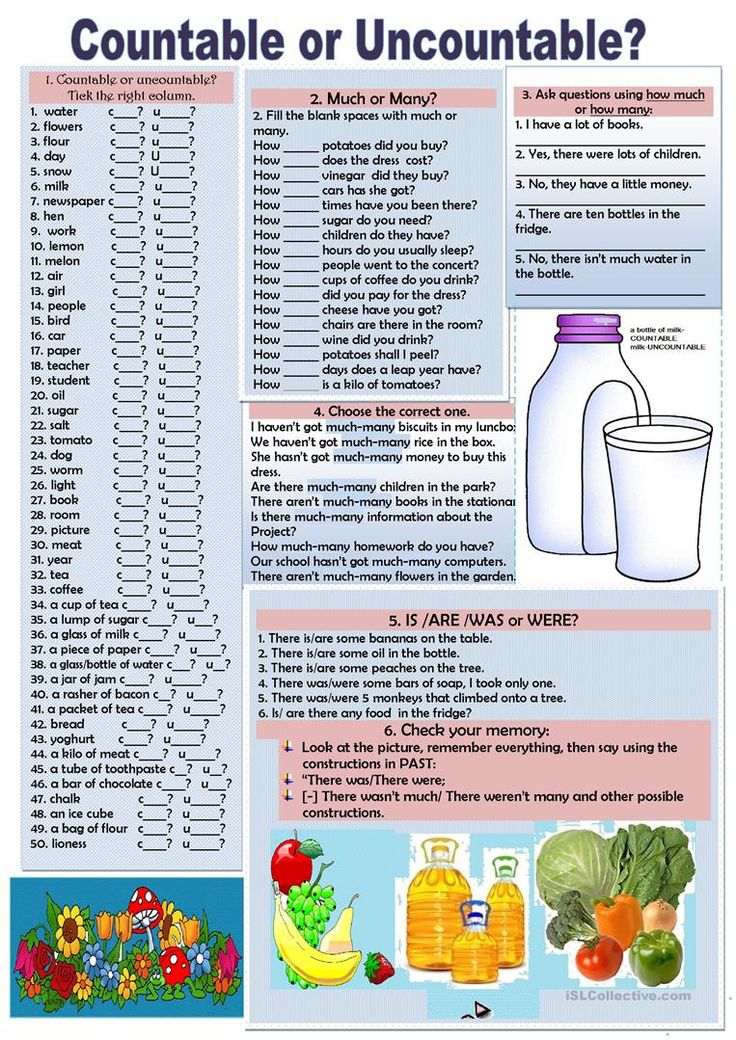
Food and Nutrition Board (FNB) US National Academies Institute of Medicine Daily Value for infants aged 0 to 6 months is equivalent to the average intake for healthy breastfed infants.
9
19+ years
11 mg
8 mg
11 mg
12 mg
* adequate consumption can be determined in organism in organized using a urine test.
How to take zinc for better absorption
Vitamins A, C, B2 and B6 improve the absorption of zinc. Chelated forms of zinc can be taken with meals, the rest - one hour before or one hour after a meal.
Types (forms) of zinc additives
Zinc is sold in the form of capsules, tablets, dragees, chewable lozenges, and may be included in sprays and ointments. Various zinc compounds are currently used in preparations and dietary supplements. What is their difference? Consider the features of the most common forms.
✔ Zinc gluconate . One of the popular options for representing a microelement. Successfully combines good digestibility (60.9%), safety and relatively low cost. Released without a prescription. It is often used in cold remedies - lozenges and nasal sprays, as well as in ointments. To obtain 50 mg of elemental zinc, 385 mg of zinc gluconate should be taken.
✔ Zinc acetate . Also known as zinc salt dihydrate. Well absorbed (60.9%). It is often added to throat lozenges to reduce cold symptoms and speed up recovery, and is found in many acne ointments and is also available as a supplement.
✔ Zinc sulfate . Water-soluble form of the trace element. Differs in low bioavailability (48%). It is most often prescribed to solve skin problems, as its effectiveness in the fight against acne and acne has been proven. Ingestion may cause vomiting, heartburn, diarrhea, and abdominal pain. To get 50 mg of elemental zinc, you should take 220 mg of zinc sulfate. Not recommended without a doctor's prescription.
Not recommended without a doctor's prescription.
✔ Zinc picolinate . Organic compound with picolinic acid. It has a high bioavailability (60.9%). Some studies show that this form is best absorbed by the body, and also the safest, so it may be recommended for pregnant women and the elderly.
✔ Zinc monomethionine . Chelated compound of the mineral with the amino acid methionine. It has good digestibility (58%). It is used in the production of cold lozenges and dietary supplements. In order to get 50 mg of elemental zinc, you should take 238 mg of zinc monomethionine.
✔ Zinc citrate . Organic compound with high digestibility citric acid (61%). It is easily tolerated, does not cause side effects and, moreover, has a more attractive taste. Taking 146 mg of zinc citrate provides 50 mg of elemental zinc.
The presented forms of zinc have different effects on the body, have different digestibility, which depends, among other things, on the individual characteristics of the body, diet, and other dietary supplements.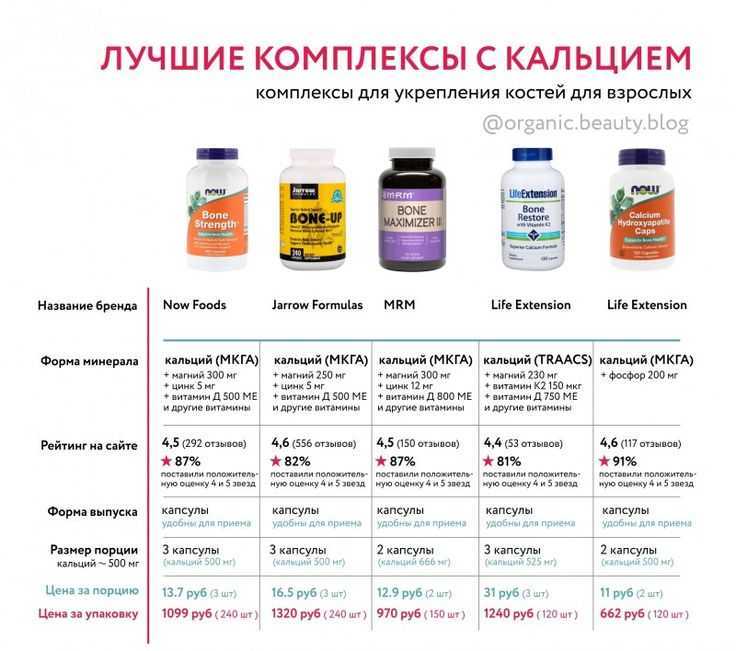 The main advantage of zinc gluconate is its financial availability, zinc picolinate - excellent digestibility and safety, and zinc citrate - high bioavailability and pleasant taste. It is best to take zinc preparations 1-2 hours after a meal.
The main advantage of zinc gluconate is its financial availability, zinc picolinate - excellent digestibility and safety, and zinc citrate - high bioavailability and pleasant taste. It is best to take zinc preparations 1-2 hours after a meal.
Safety and side effects
Large doses of zinc may cause nausea, vomiting, diarrhea, loss of appetite, stomach cramps and headaches. It has also been established that chronically high doses of zinc adversely affect some aspects of the physiology of urination. An overdose of zinc has a negative effect on the function of the heart, circulatory system and liver.
Be aware that cheap zinc salts (sulfide and oxide) have foreign impurities that can cause side effects. The safest forms of zinc include chelated forms (glycinate, monomethionine), as well as picolinate and citrate. Do not use nasal sprays containing zinc, as they can cause loss of smell.
What not to take zinc with
Despite the fact that zinc is found in many foods, it can be deficient in the body due to its low absorption. This effect is observed due to the incompatibility of this nutrient with some other trace elements.
Zinc bioavailability is reduced by calcium, iron, magnesium, folic acid, copper and vitamin B9. It should not be combined with very salty and sweet foods.
As mentioned above, the absorption of zinc is affected by the presence of phytates, which are found in plant foods, most of all in grains and legumes, including raw unfermented cocoa beans and cocoa powder, coffee beans, as well as in seeds and nuts. They form insoluble compounds with minerals, preventing their absorption in the intestine. Thus, when using nuts or chocolate as a source of zinc, keep in mind that zinc is less bioavailable in these products than, for example, in meat or seafood.
The percentage of micronutrient absorption is also affected by the correlation of use with other types of supplements. Keep this in mind and divide the intake of drugs in time, as well as study the composition of vitamin and mineral complexes.
Risks
The risk of zinc poisoning can occur against the background of an overdose and is expressed by nausea and vomiting. It has been established that in 50% of healthy people such a symptom is observed when consuming 150 micrograms of a microelement per day, in others it occurs when taking 225 micrograms of zinc per day. With incessant vomiting against the background of an overdose of a microelement, you should seek medical help. In one clinical case, severe nausea and vomiting within 30 minutes occurred after taking 4 g of zinc gluconate (570 mg of elemental zinc).
Consumption of 150-450 mg of zinc can lead to a decrease in the status of copper in the body, changes in iron levels, and impaired immune function.
What are the most popular zinc supplements on Phytomarket?
The most demanded by the consumer are chelate forms of zinc (i.e. its connection with an amino acid), as well as picolinate and citrate. Zinc picolinate is obtained by combining zinc with picolinic acid, and citrate with a salt of citric acid. Such zinc has high bioavailability and good taste. The advantage of domestic drugs is an attractive price.
Zinc picolinate is obtained by combining zinc with picolinic acid, and citrate with a salt of citric acid. Such zinc has high bioavailability and good taste. The advantage of domestic drugs is an attractive price.
Answers to popular questions
How to take zinc for a beard?
Given that the testosterone molecule consists of 1/3 of zinc, and testosterone has the main effect on hair growth in the male body, zinc can be taken as part of shampoos, vitamin complexes, sprays and ointments to accelerate beard growth. But before using any product, you should consult your doctor.
How to take zinc for skin?
Numerous studies have shown the benefits of zinc products for skin health. Zinc for the skin is used both internally in the form of dietary supplements for 1 to 3 months as prescribed by a dermatologist, and externally as part of ointments and lotions.
How to drink zinc for colds
It is better to use preparations in the form of lozenges for resorption, dividing the intake into several times a day.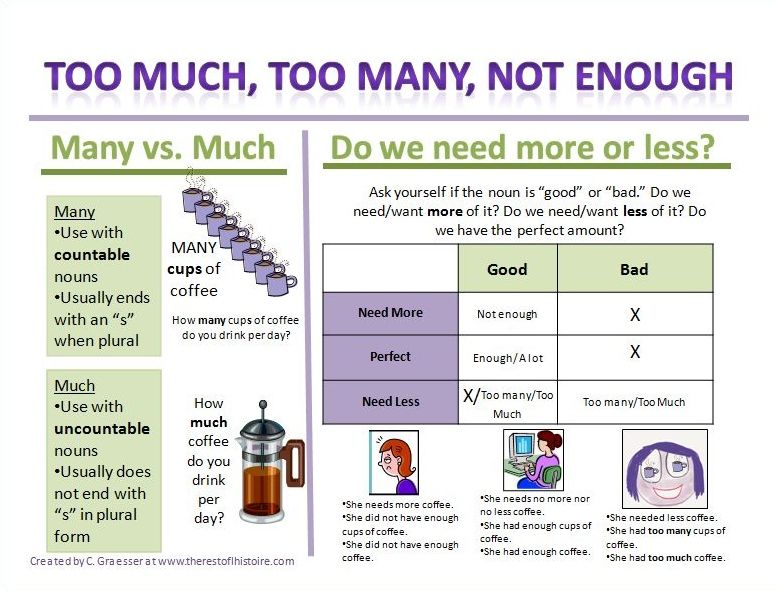 Zinc dosages should not exceed the maximum allowable. For children 1-3 years old, zinc intake is up to 7 mg, 4-8 years old - 12 mg, 9-13 years - 23 mg, 14-18 years - 34 mg.
Zinc dosages should not exceed the maximum allowable. For children 1-3 years old, zinc intake is up to 7 mg, 4-8 years old - 12 mg, 9-13 years - 23 mg, 14-18 years - 34 mg.
How often should I take zinc?
Zinc is best taken in courses of 1 month. Repeated reception - 2-3 times a year.
How long can you take zinc
Only a doctor can answer this question based on your tests. Remember that introducing zinc into your diet without the advice of a doctor is unacceptable.
If you are interested in the topic of this article, express your opinion, ask questions or write a review.
Scleroderma - symptoms, causes and treatment Lactis or Daigo? What is the difference, how to make the right choice?
Zinc for colds and SARS in children: useful properties, application
- Useful properties of zinc and its mechanism of action during colds
- How to take zinc for colds in children?
What useful substances does the body need in the treatment of acute respiratory viral infections and for the prevention of colds? Most people will name vitamin C. But there is another micronutrient that is critical for immune function and faster recovery. This is zinc.
But there is another micronutrient that is critical for immune function and faster recovery. This is zinc.
According to studies, regular intake of preparations containing zinc helps to reduce the number of colds in children by 1.5 times during the year. And the intake of zinc by children with ARVI facilitates the course of the disease, reduces the number of missed days at school, and reduces the likelihood of complications.
Useful properties of zinc and its mechanism of action during colds
Zinc is primarily known as an antioxidant, it neutralizes free radicals. But zinc also has specific functions in the immune system.
- Required for the synthesis of antibodies and interferons.
- Participates in immune response reactions.
- Regulates the maturation of cells of the immune system.
- Has antiviral properties.
How does zinc work for colds in children?
- Prevents colonization of nasal mucosal cells by bacteria and viruses.
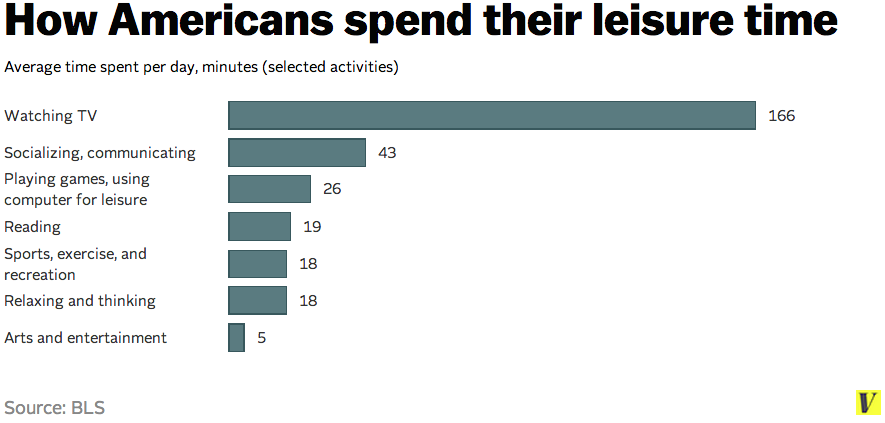
- Prevents the reproduction of viruses.
- Inhibits the release of histamine (a compound that provokes tissue swelling and bronchospasm) and prostaglandin (promotes inflammation). By reducing inflammation and eliminating mucosal edema, zinc helps to alleviate the condition with acute respiratory viral infections.
How to take zinc for colds in children?
As soon as you notice the first signs of SARS in a child (nasal congestion, runny nose, sore throat), you can give him a warm drink containing zinc. For example, zinc and vitamin C are included in the Dyshi lime drink ® . It has a mild, pleasant taste and is easily digestible. In addition to providing the child's body with zinc, the Dyshi® drink helps to eliminate toxins from the body, washes microbes from the throat mucosa, soothes and moisturizes it, and improves the general condition.
What is the daily dosage of zinc for children to prevent colds? It depends on the age of the child:
- 1-3 years - 7 mg,
- 4-8 years - 12 mg,
- 9-13 years - 23 mg,
- 14-18 years - 34 mg.


